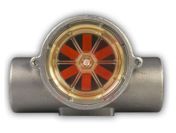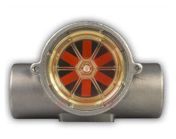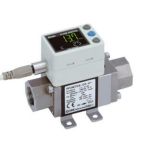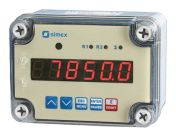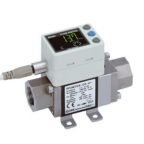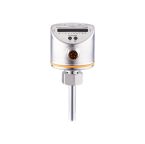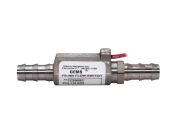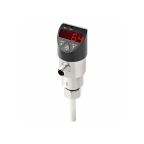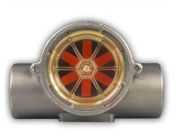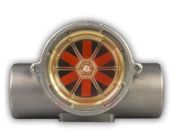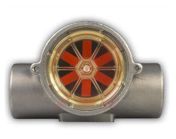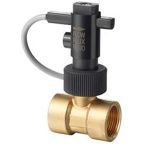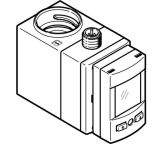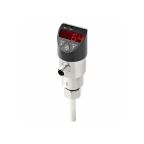- RS Stock No. 907-3956
- Mfr. Part No. 142542
|
|
- RS Stock No. 288-8261
- Mfr. Part No. SFAW-32-TG12-E-PNLK-PNVBA-M12
|
|
- RS Stock No. 267-6380
- Mfr. Part No. MC780-6018
Each SGD8,614.86(exc. GST) |
|
- RS Stock No. 907-3959
- Mfr. Part No. 155420
|
|
- RS Stock No. 270-4291
- Mfr. Part No. PF3W720S-F04-FT-M
Each SGD1,214.93(exc. GST) |
|
- RS Stock No. 270-4290
- Mfr. Part No. PF3W720S-F04-F-M
Each SGD1,179.54(exc. GST) |
|
- RS Stock No. 914-8495
- Mfr. Part No. SPP-N118-1421-1-4-001
|
|
- RS Stock No. 270-4288
- Mfr. Part No. PF3W704-F03-FN-M
Each SGD1,101.21(exc. GST) |
|
- RS Stock No. 596-515
- Mfr. Part No. SI0562
|
|
- RS Stock No. 314-178
- Mfr. Part No. 168433
|
|
- RS Stock No. 287-8747
- Mfr. Part No. QVE1900 / BPZ:QVE1900
|
|
- RS Stock No. 269-0088
- Mfr. Part No. 48804200
|
|
- RS Stock No. 907-3965
- Mfr. Part No. 155480
|
|
- RS Stock No. 205-7751
- Mfr. Part No. SLF3S-0600F
|
|
- RS Stock No. 907-3997
- Mfr. Part No. 173138
|
|
- RS Stock No. 907-3947
- Mfr. Part No. 142541
|
|
- RS Stock No. 639-261
- Mfr. Part No. QVE1902.015 / S55720-S200
|
|
- RS Stock No. 288-8260
- Mfr. Part No. SFAW-100-X-E-PNLK-PNVBA-M12
|
|
- RS Stock No. 269-0096
- Mfr. Part No. 48804388
|
|
- RS Stock No. 288-8257
- Mfr. Part No. SFAW-100-TG1-E-PNLK-PNVBA-M12
|
